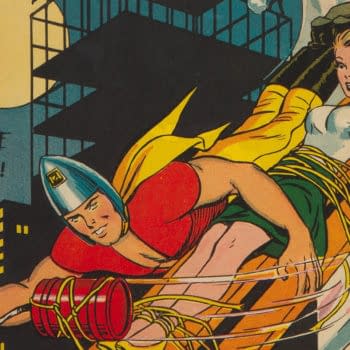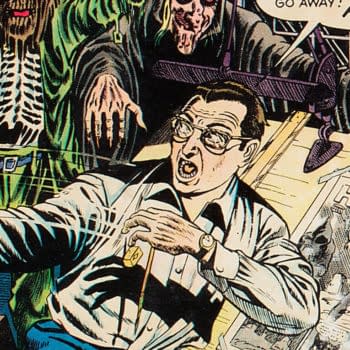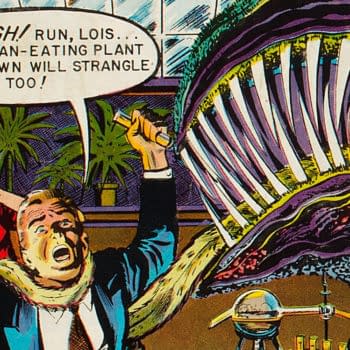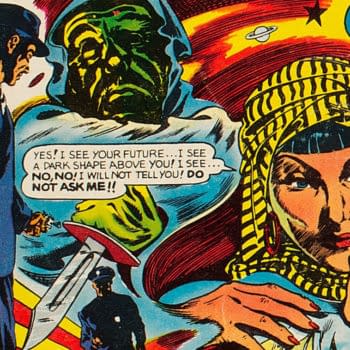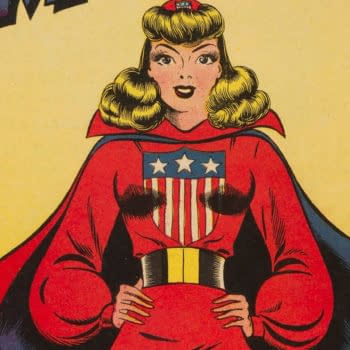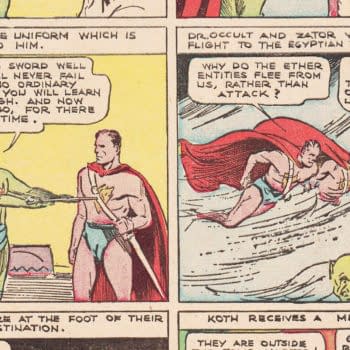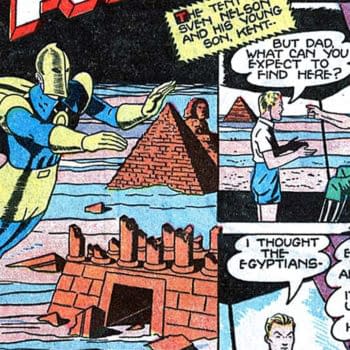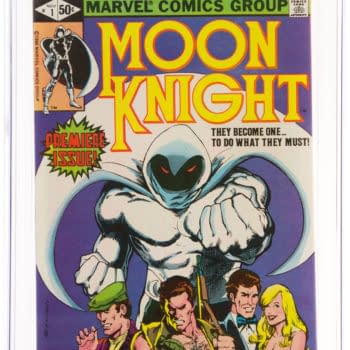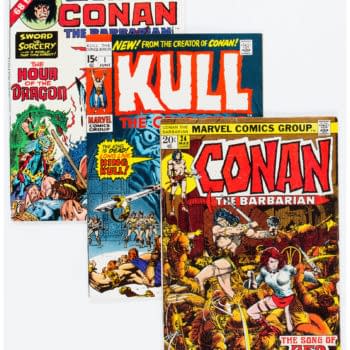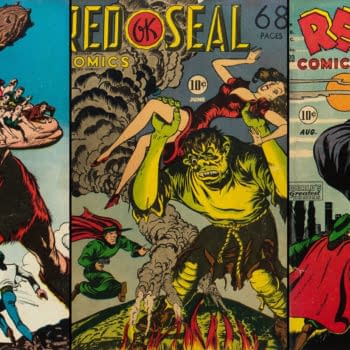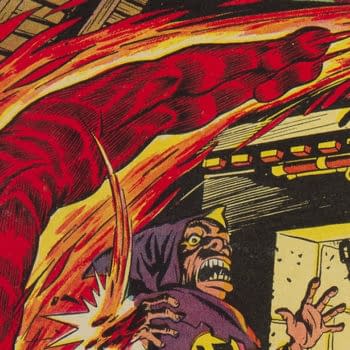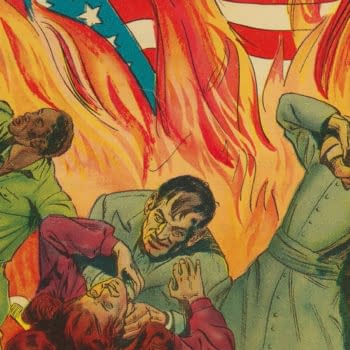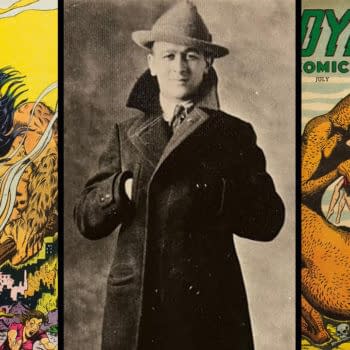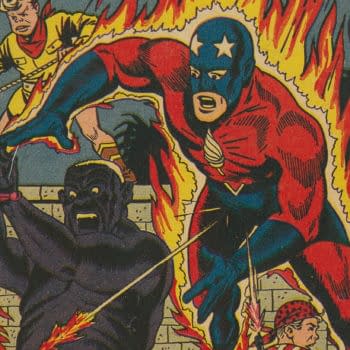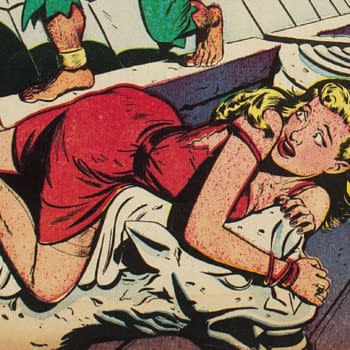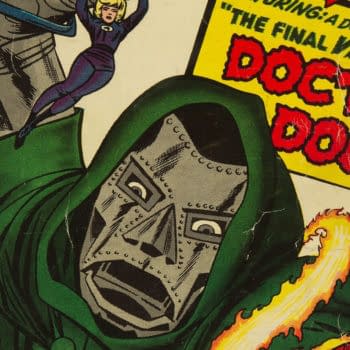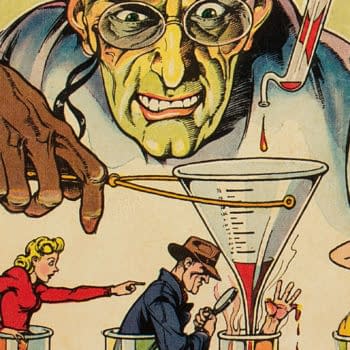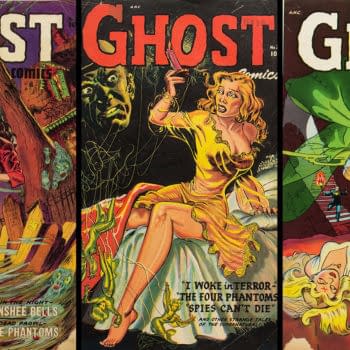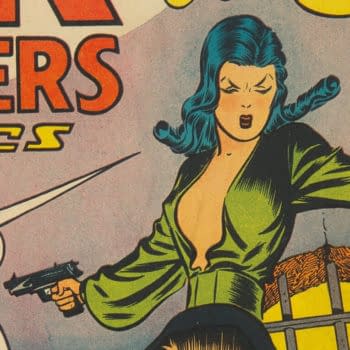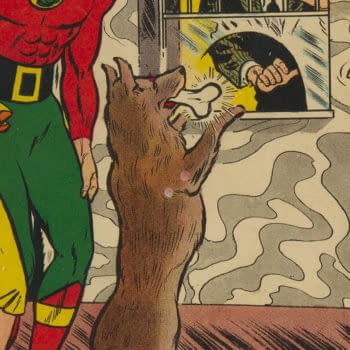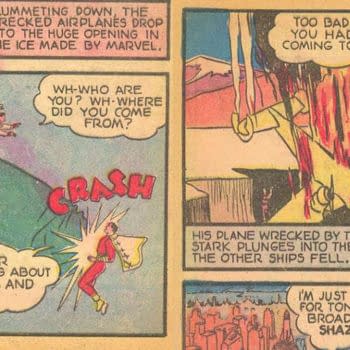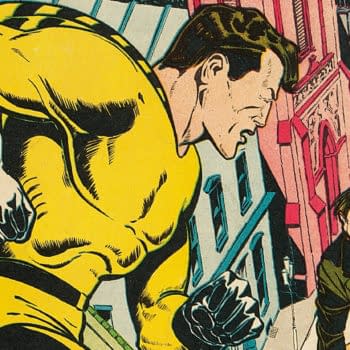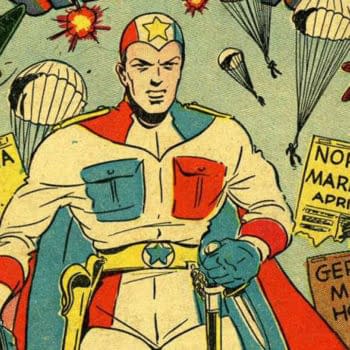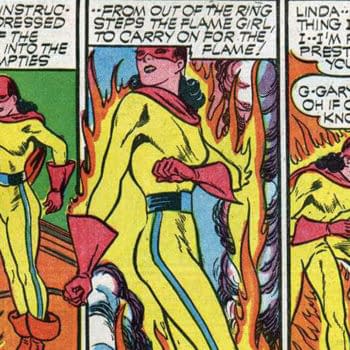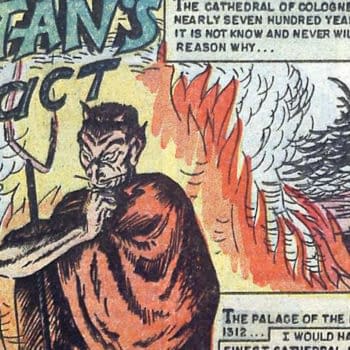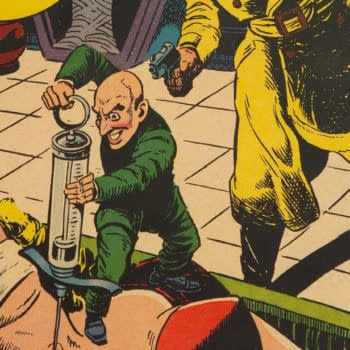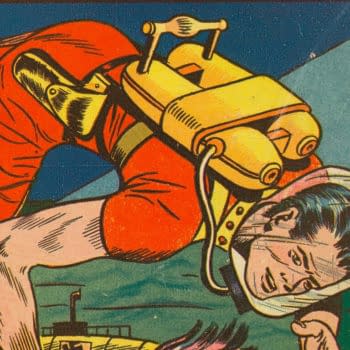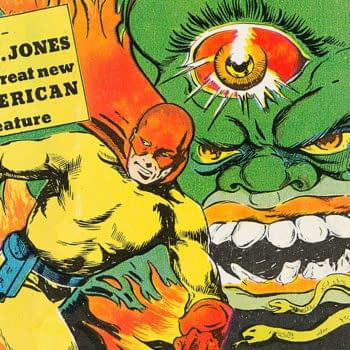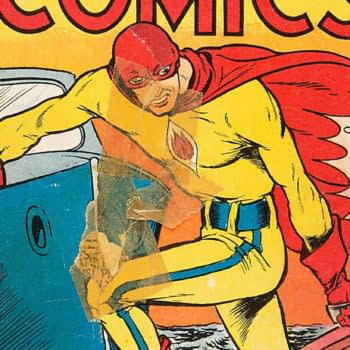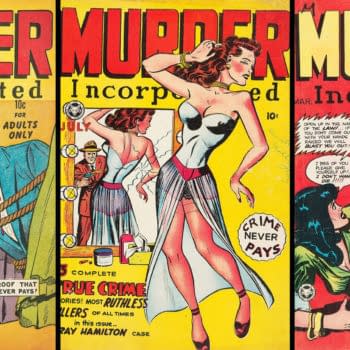An experiment by Fawcett Publications to publish a five-cent, bi-weekly comic book, Nickel Comics was also the debut of Bulletman.
Vintage Paper Archives
A notorious figure in comic book and magazine publishing history, Myron Fass was a talented artist during the Pre-Code era.
Ace Magazines' Baffling Mysteries series during the Pre-Code Horror comic book era of the early 1950s had a spectacular run of covers.
Legendary artist L.B. Cole might have thought more about what made comic book covers sell on the newsstands than any other artist of his era.
Created by Otto Binder and Al Gabriele, the Golden Age Miss America debuted in Marvel Mystery Comics before getting her own title.
Considered by many as the first DC Comics superhero, Dr. Occult was created by Superman creators Jerry Siegel and Joe Shuster.
After debuting a year prior, Dr. Fate's origin moment with the debut of Nabu was finally told in More Fun Comics #67.
Moon Kinght collectors, now is the time to buy. A CGC copy of the number one from his debut series is at Heritage Auctions today.
A nice lot of Marvel Comics from the 70's with lots of Conan and Kull is taking bids at Heritage Auctions today.
The artwork of Paul Gattuso gave Harry A. Chesler titles like Red Seal Comics their distinctive look in the Golden Age.
Marvel Mystery Comics #56 from 1944 is an example of the intense detail that has made Alex Schomburg famous among collectors.
One of the most famous propaganda comics in American history, Is This Tomorrow was the 1st of several anti-communist comics from the publisher
With stories ranging from superheroes, horror and fantasy to crime, Harry A. Chesler's Dynamic Comics covered all the bases in the Golden Age.
Alex Schomburg created covers for several flame-based characters, and his Red Blazer cover on All-New Comics #8 is highly sought after.
1947 was an interesting turning point in the history of espionage, and Magazine Enterprise's Undercover Girl reflects this moment in time.
Fantastic Four Annual #2 (1964) gave us our first detailed look at the origin and backstory of one of Marvel's greatest villains, Dr. Doom.
There have been mad scientist comic book characters named Dr. Doom long before the Marvel character that debuted in Fantastic Four #5.
Ghost Comics was a Fiction House series published at the height of the Pre-Code Horror era, with art by Matt Baker, Maurice Whitman and others
In her debut appearance in Air Fighters Comics, Valkyrie was persuaded by Airboy to switch sides and join the Allies during WWII.
Streak the Wonder Dog was created by Bob Kanigher and Alex Toth, and debuted in Green Lantern #30, cover-dated Feb-March 1948.
The Golden Age Captain Marvel is often considered the kinder, gentler superhero of his era, but he showed a savage side in this Whiz Comics.
Vince Harley was a pulp fiction writer who got in the middle of a jewelry heist, got swarmed by bees, and became a superhero.
Bill Everett's The Conqueror debuted in Victory Comics from Hillman Periodicals as a superhero transformed by cosmic rays.
With the Flame seemingly near death, Linda Dale vows to continue his legacy, becoming Flame Girl in Wonderworld Comics #30.
The idea behind the obscure comic Thrilling Adventures in Stamps was simple but clever: tell stories that important postage stamps represent.
The 1953 Dick Ayers cover of Manhunt #14 is an example of the strange history of the 1950s comic book publishing scene.
All-New Comics #4 (Harvey, 1943) contains a story "Poison in the Universe" based on real WWII history.
An obscure Fox Feature Syndicate character who got his own title and fan club, U.S. Jones debuted in Wonderworld Comics #28.
The Golden Age's first Flame-based superhero, Fox Feature Syndicate's The Flame debuted in Wonderworld Comics #3.
Fox Feature Syndicate's Murder Incorporated includes a wide array of true crime figures from Dutch Schultz to Bill the Butcher.


